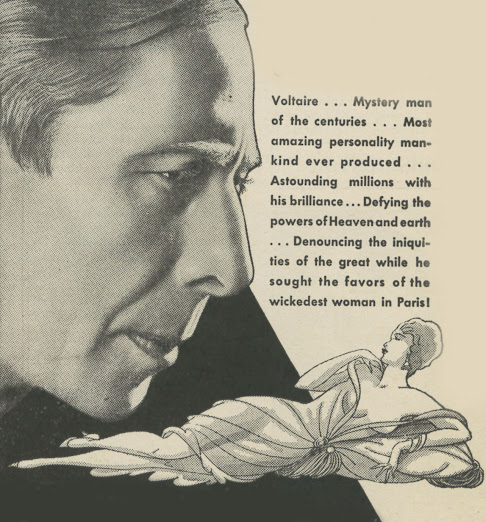Dr. Frankensteinia Creates A Blogathon
That great site
Frankensteinia, celebrating its namesake since 2007, is this week on a Peter
Cushing centennial Bloga-roll, where writing and links have
recognized one hundred years since the actor's birth. By all means, go there and
enjoy myriad thoughts/pix/videos shared by fans, among whose ranks Greenbriar
proudly belongs. What follows is appreciation for many a Liberty
Peter Cushing seemed like a star exclusive to us
Hammer-goers. Unlike Karloff or Vincent Price, he didn't do American TV, which
accorded dignity/specialness for the pair or so features he graced each year. To
put it brief, you had to pay to watch Cushing. All his were from Britain UK
Hammer was diligent to soften UK-ness that might off-put, Yank investor/distributors keeping close eye lest regional flavor become indigestible. The triumph of Hammer and lead dramatic spokesman Cushing was their being able to mount a series of thrillers aimed at a
FRANKENSTEIN CREATED WOMAN (1967) --- The good doctor whipped up a Playmate for Hammer reborn as a pin-up factory following twin hits She and One Million Years BC. These were far and away biggest money pics of Bray's output so far, thus sleeker models coming off Frankenstein's assembly. Susan Denberg was the deformed duckling he turns into a swan, that coming late in the show after much cruelty heaped by aristo-youth that look to have been expelled from a local Hell-Fire club. There's a revenge theme, as in one by one killings done not by the Baron, but his girl monster. Experiments serve novelty by transferring souls rather than brain matter, so there's less hacking into skulls. Hammers were actually not so gory as some remember. Certainly today they play mild to extent of discreet cutaway from most carnage. Peter Cushing as always is the lure, his creations mattering less and less as the series wore on. Denberg would grace a Playboy fold-out which made her a lot more appealing than Kiwi Kingston off Dr. F's last operation table. Frankenstein Created Woman got $296K in domestic rentals, not a lot, though television would later inject black ink into this and others out of Hammer.
Peter Cushing became the rooting interest in all his movies almost despite himself. His Baron Frankenstein would not again be unsympathetic after Curse, except for a startling break from character where he assaults Veronica Carlson in Frankenstein Must Be Destroyed, a disrupt I put down to writer aberration in 1969 when the pic was new. Cushing came reliably back to the character, plus vampire hunting Van Helsing, well into the 70's. Of other horrors he did, less need be said. One that disturbed me much was Corruption in 1968, where Cushing kills and kills again to doubtful purpose of restoring a girlfriend's mutilated face, an ordeal sit I had within months of equally repellent The Conqueror Worm. Both I swore not to watch again, a promise so-far kept re Corruption. Does it continue to play as unpleasant forty-five years later?
FRANKENSTEIN AND THE MONSTER FROM HELL (1973) --- Here was a happy surprise: a Hammer horror done old-fashioned ways even in the face of a soon-to-come spoof, Young Frankenstein, and a same year's Andy Warhol dismemberment, two that would seem to have laid Frank to rest for all time, at least insofar as straightforward approach. I shouldn't have boycotted this in 1973 as was case with all Hammers by 70's juncture. Some of them were/are quite good and deserved my ticket buy (the still-boy in me wanted them to stay as they'd 50's/early 60's been). Hammer mined a franchise here not easily given up, it having served well since 1956. Happy ingredients of a Bray past are remixed: director Terence Fisher, a score by James Bernard, and best of all, Peter Cushing in perhaps a best of all his Baron interps.
Things I'd change: Cushing's coif, or wig, or whatever, co-star Shane Briant's 70's blow-dry styling, and a monster I'd not wish on PRC. The writing's good, though, and whoever suggested an insane asylum as Frankenstein's base of operation merits applause for ingenuity. Surgery goes gory as never before, skulls sawed, then detached on-camera ... well, it was a new day, but this Frankenstein was still a model of decorum beside stomach churn Warhol staged. Things don't go as you expect --- for all Monster From Hell's carnage, I didn't see a cheerful and upbeat finish coming, so it's welcome all the more (who wants Victor banished yet again?). Frankenstein and The Monster From Hell earned a tepid $249K in domestic rentals for a US-distributing

















































